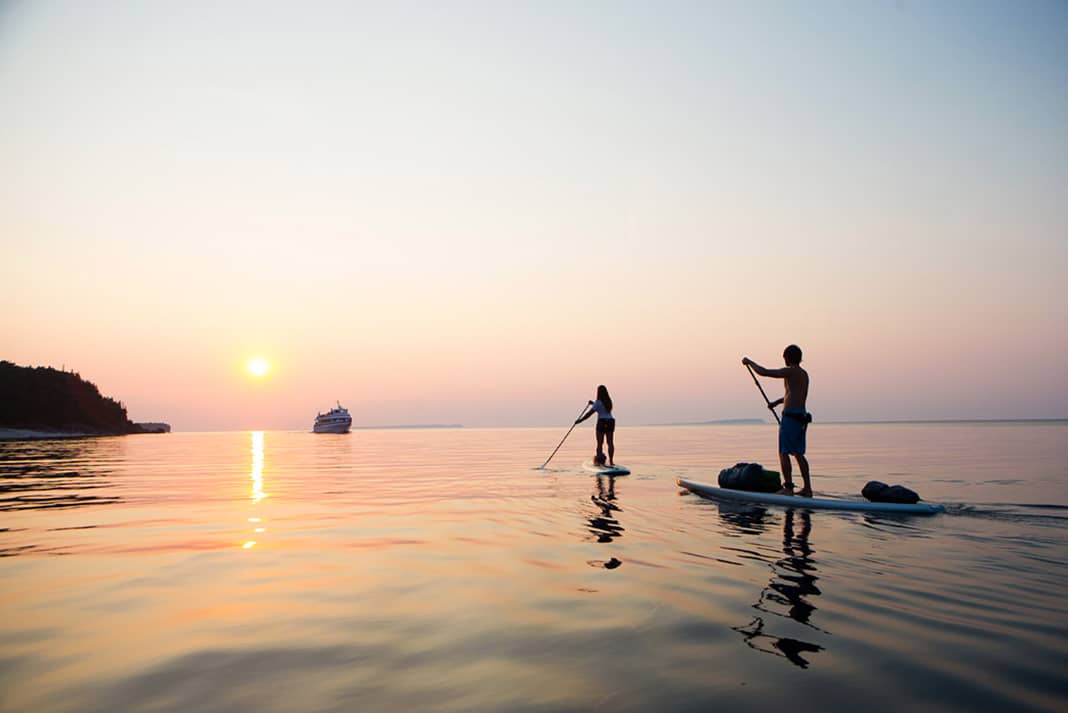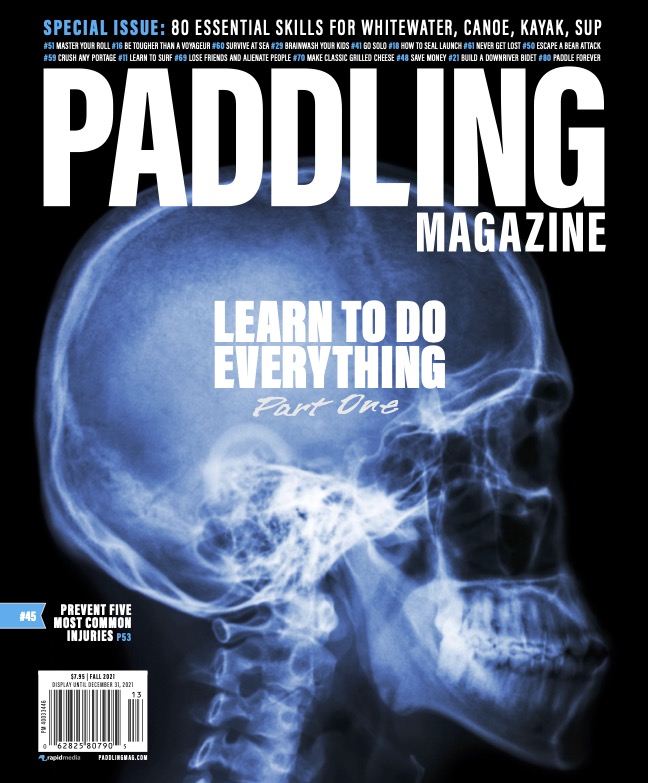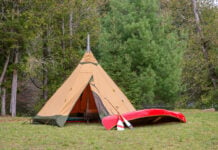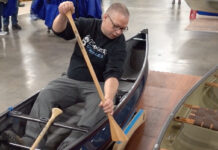SUP camping is a minimalist’s dream. Because the added weight of gear on a paddleboard can significantly reduce its speed and efficiency, paddlers likely need to lean out their go-to camping kits to be more lightweight and compact. How should you decide which gear makes the cut? These tips will make for a more enjoyable SUP camping trip.
5 secrets for a successful SUP camping trip
Aim for a kit under 40 pounds, packed into a 50-liter drybag and a medium-sized 20- to 30-liter drybag. Follow these five rules to help you become a lean, mean SUP camping machine.
1 Just the essentials
A packing list helps to prioritize items and makes it easier to spot where to cut down weight and volume. Look to remove nonessentials from your kitchen kit—a SUP camping adventure is no place for a Dutch oven. Cull your camp clothing and footwear options and leave behind binoculars and games.

Use the packing list to identify multi-use items to eliminate redundancy and create extra space for one or two creature comforts, like a beer and a book. Get creative with your multi-use items—you may have used a puffy jacket as a pillow, but how about using your inflatable board as a sleeping pad?
2 Get compact
Does size matter? With limited deck space for gear on the board, the answer is yes. Paddleboards best suited for SUP camping will be 12.5 feet or longer and at least 30 inches wide—you’ll need to optimize much of the deck space for gear. Roll clothes, use compression sacks and remove packaging in advance to reduce the volume of items.
Look for opportunities to substitute a version of an item in its smallest form, such as using tabs to purify drinking water instead of a filter. Shelters tend to be one of the bulkiest camp items, so consider choosing a more minimalistic option, like a bivy or hammock, or go without if the weather forecast is clear.
3 Nesting bags
While larger drybags keep items safe and dry, it’s important to take your organization a step further and KonMari your kit by assigning everything a home. Group items together in stuff sacks by category so they can be found quickly and easily. This ensures you know exactly where to find what you are looking for and your gear remains orderly as everything has a designated spot to go after use.
Use designated bags for toiletries and first aid items, a repair kit, kitchen kit, clothing, and sleep system. Pack safety items into a smaller dry sack for added water protection. Then pack the smaller bags into the large drybag. Tying down a single, large drybag to the board will be much more secure in chop or during an upset than a half dozen smaller bags.

4 Separate on-water essentials
Whether you want to grab your GoPro to capture a wildlife photo quickly, take a SUP selfie (#paddleforever), or need to lather on more sunscreen under the heat of the sun, ensure anticipated on-water items are packed for easy availability. This includes water, snacks, maps, hat, sunglasses, sunscreen, camera and a warm layer.
Pack these items in a 20-liter drybag, which may be opened on the water. Keeping on-water items separate ensures your large, 50-liter drybag of camp equipment, including shelter and sleeping gear, stays closed—and dry—until hitting land.
5 Achieve balance
A good SUP adventure board has tie-down and attachment points for securing gear at both the front and rear of the board to ensure even distribution of weight. Installation of additional attachment points, bungee tie-downs, straps or cargo nets onto the deck of the board is easy and doesn’t have to be permanent thanks to suction cup attachment points.
When packing gear, be mindful of the trim and avoid making the board either nose or tail heavy. Load while the board is floating in shallow water, so you can test the placement of your gear.
Generally, place heavier items toward the center handle. Weave the straps and tie-downs through the handles of the drybags where possible. Tighten all tie-down straps to secure the load and prevent it from shifting when exposed to wave chop or from going overboard. Lastly, secure a spare paddle and enjoy the adventure ahead.

This article originally appeared in Paddling Magazine Issue 65. Subscribe to Paddling Magazine’s print and digital editions here, or download the Paddling Magazine app and browse the digital archives here.
All you need for a weekend in paradise on your next SUP camping trip. | Feature photo: Cory Leis
Courtney Sinclair is a SUP instructor and ultramarathoner based in the Ottawa Valley, Ontario. You can find out more at Court Outdoors.








